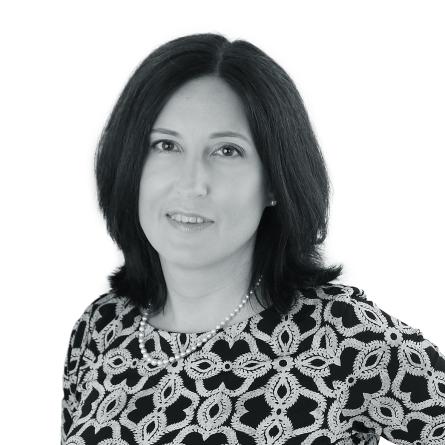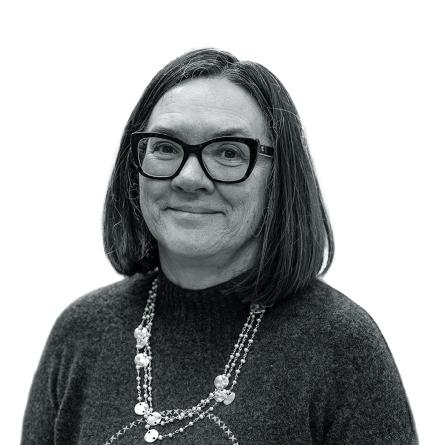Registered Charity
View our latest accounts via the Charity Commission.
Charitable Aim:
Our charitable aims are the advancement of education, and the advancement of the arts, culture, heritage and science.
Structure, Governance and Management
Wessex Archaeology Limited is a registered charity and is incorporated as a company limited by guarantee and without a share capital. The governing document is its Memorandum and Articles of Association, amended by replacement with a new document and a resolution dated 2/5/2014. Members of the charitable company may vote at general meetings and their liability for its debts is limited to £10 each. There are currently eight members and the maximum number is twenty.
On appointment, all Directors of the Company also become Trustees of the charitable company. The procedure for appointment of the Directors and Trustees is described in the charitable company’s Articles of Association. Trustees are appointed by ordinary resolution in general meetings. Any new Trustees appointed by the other Trustees, retire at the next annual meeting at which Trustees are required to retire, and may then be considered for re-election by the Members.
The Trustees are responsible for the overall strategic direction and policy objectives of the charitable company. Day-to-day management is delegated to the Chief Executive and the other Principal Officers. The key points on delegation are set out in a Board policy statement on authorisation levels and delegated powers, which is supported by a more detailed Management Protocol.
Our Trustees
Team







